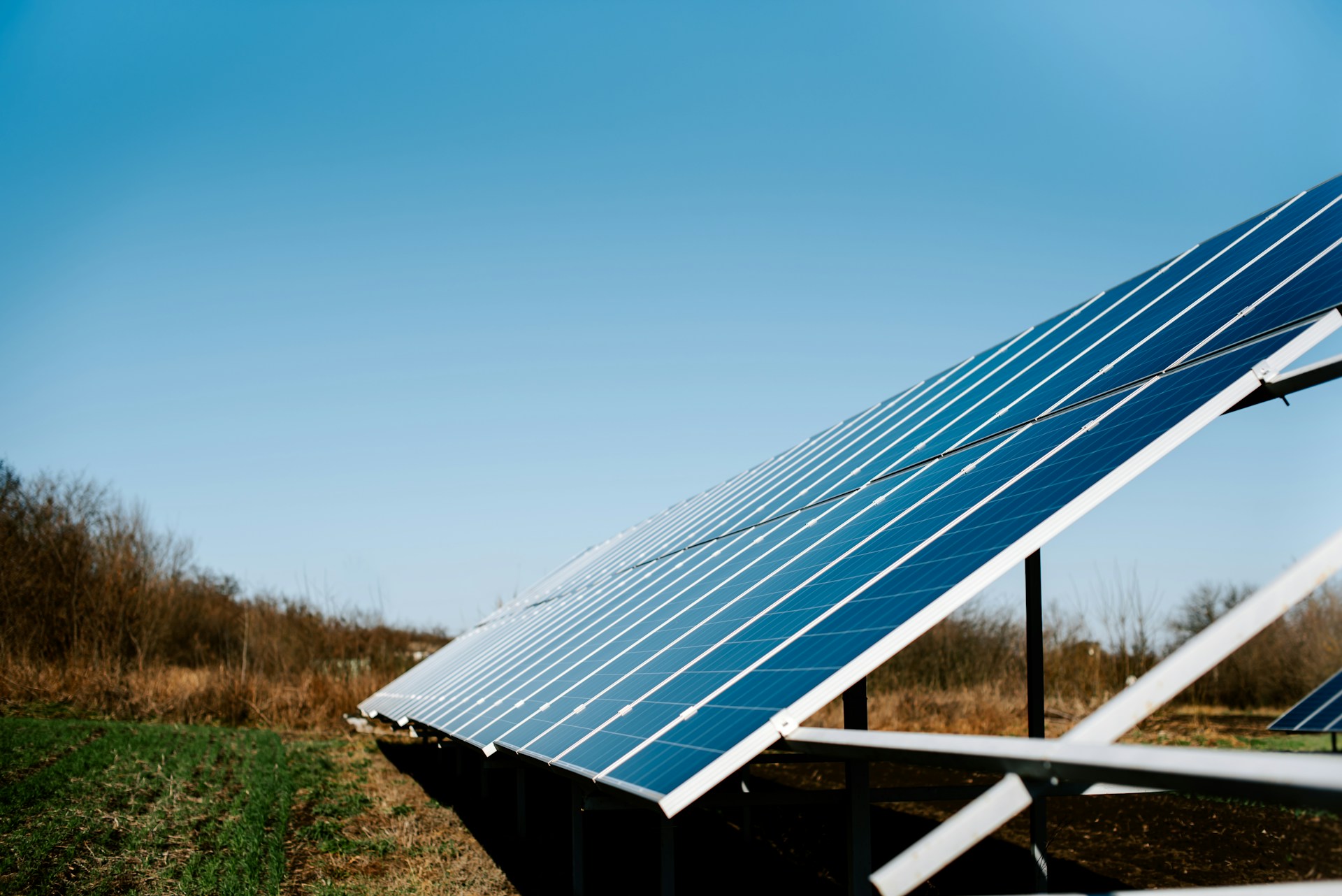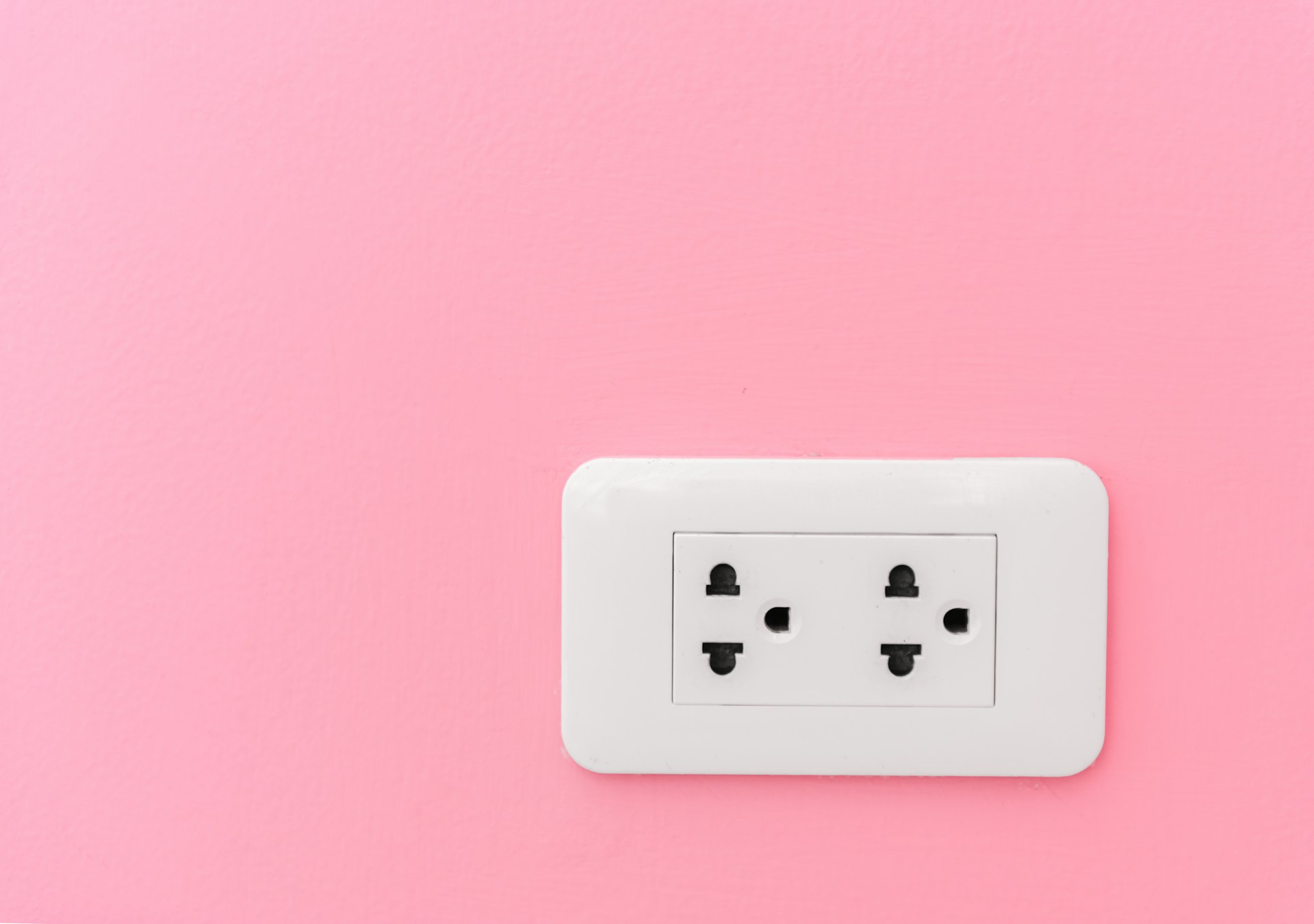
Solar Panel Connection Issues: Diagnosing Wiring Problems

Solar panels provide long-term energy efficiency, but like any electrical system, they can run into technical problems. Wiring issues, in particular, are one of the more frustrating concerns for homeowners in Orinda. Systems may stop working as expected or deliver inconsistent performance, leading to questions about what’s going wrong and more importantly, how to fix it. These types of problems don’t just affect the panels; they can interrupt the entire home’s energy reliability.
When the wiring connecting your solar panels isn't functioning correctly, energy production can dip or shut off entirely. During warm months, when sunlight is at its highest, any disruption in solar output can make a noticeable difference. That’s why identifying solar panel connection problems and doing so as early as possible is key. Knowing what signs to look out for and understanding how problems get diagnosed will help you take the right steps before things get worse.
Common Symptoms of Solar Panel Wiring Problems
Wiring issues usually don't start off obvious. Homeowners in Orinda might notice simple changes before realizing there’s a deeper problem in the system. If you're depending on solar energy to manage your household electric needs, even a partial drop in performance can be noticeable.
Here are some signs to look out for:
- Frequent power inconsistencies: If your solar energy system is delivering electricity off and on, or randomly stopping altogether, it could point to faulty wiring.
- An unexpected drop in energy output: A decrease in how much electricity your system is producing, even on sunny days, may mean a connection isn’t secure.
- Visible wear or corrosion: Frayed wires, exposure to moisture, or rusting elements around cable connections might mean the system is compromised.
- Error messages on the monitoring system: If your solar inverter or tracking app is showing repeated system errors or alerts, it could be highlighting an electrical fault.
- Unusual noises from the inverter: Clicking, humming, or buzzing coming from the inverter could indicate unstable or disrupted current caused by wiring issues.
Even if symptoms seem minor or only show up once in a while, they shouldn’t be ignored. Wired connections are meant to be secure and steady. Consistent signs of electrical instability, especially with no change in the weather or energy use, can be traced back to loose or damaged cable work.
Diagnosing Wiring Problems
Pinpointing a problem with solar wiring takes more than just spotting symptoms. Proper diagnosis helps confirm whether there's a loose connection, corrosion, or complete break in the wiring. For Orinda homeowners, diagnosis should always begin with basic checks, but not end there.
Here is how issues are commonly diagnosed:
1. Start with your system monitoring app or display. Most modern solar installations include a device or application that lets you track performance. Compare current output to average values over previous weeks. Any sharp drop could be signaling a wiring fault.
2. Visually inspect your solar panels and nearby cabling. Scan for disconnected wires, burned insulation, or exposed metal near the contacts. Check where the conduit connects panels to the inverter. If safe to do so, look for signs of damage caused by rodents or weather exposure.
3. Listen for changes in inverter sound. While inverters do hum normally, new or louder sounds often suggest a grounding issue or arc fault related to wiring problems.
4. Check system breakers. If circuits are flipping often or refusing to reset, it's usually due to a fault in the wiring or short circuit within the solar array connections.
Important safety tip: Solar setups work with both AC and DC power. DC current, in particular, is steady and doesn’t reduce risk of shock once switched off at the panel. Avoid attempting internal diagnostics on wiring unless you're experienced. Even low-current systems can cause serious harm if mishandled.
Solar panel wiring faults aren't always external or obvious. Some occur inside junction boxes or behind panels. That’s why, if none of the visible checks bring clear answers, trained professionals with proper instruments are required to inspect the full system safely and accurately.
Causes of Wiring Issues in Solar Panel Installations
Wiring problems connected to solar panel installations in Orinda often come from issues that build up over time. Other times, the root cause traces back to the original setup. Once your solar energy system starts showing signs of disruption, it’s best to figure out what might be behind it to avoid bigger problems down the line.
The most common reasons solar wiring develops faults include:
- Wear and tear from exposure: Even though solar equipment is made to handle outdoor conditions, strong sun, moisture, UV rays, and changing temperatures can break down insulation and wiring over the years.
- Poor installation practices: If wiring connections weren't properly sealed or routed during installation, it puts your system at higher risk for short circuits or disconnections. Wires that are too loose or under tension may fail sooner.
- Rodent damage: In some parts of Orinda, it's not uncommon for squirrels or rats to chew through wires under the panels or near the inverter. This can expose the wiring and create dangerous electrical issues.
- Corrosion: If water gets into connectors or junction boxes, even in small amounts, metal contacts can corrode. Once that starts, it can spread through the system, reducing output and increasing risk.
- Ground shifting and roof movement: A home’s structure naturally settles and adjusts over time. That movement can tug on wired connections, especially if they weren’t given enough slack, and lead to cracking or detachment.
Even one damaged spot in the wiring can affect the performance of an entire panel string. The longer a fault is left untouched, the greater chance it affects more components. That’s why a small issue, like a flickering connection, deserves attention.
Why Professional Help Is Important
Trying to find or fix solar wiring problems without proper tools and experience can be risky. Most homeowners in Orinda don’t have specialized equipment like infrared sensors or multimeters rated for use with solar arrays. Diagnosing a wiring issue accurately takes careful testing, and not just of the obvious failure point. One broken point can trigger signals across the system, making it tough to tell where the problem actually starts.
Our technicians go beyond just spotting symptoms. They look into voltage consistency, current flow, and full array integrity. They check seals, connections, and grounding. This deep-level inspection makes sure that everything from the inverter back to the roof performs how it should.
Acting early lets you avoid issues like:
- Complete system shutdown
- Electrical safety risks near home walkways or outdoor living areas
- Decreased panel lifespan or imbalance between sections
- Voided equipment warranties if repairs are attempted improperly
When our professionals diagnose a problem, they don’t just treat the symptom. They get to the source so failures don’t keep repeating. For example, during one recent inspection in Orinda, a resident called in about reduced power on sunny afternoons. What looked like a panel issue turned out to be heat-damaged wiring under the shingles, which wasn’t visible without removing part of the mounting array. The cause wasn’t anything obvious, and it took a full system inspection to find the weak point.
Maintaining Your Solar Panels to Reduce Wiring Issues
Once everything is back in working order, the goal is to keep it that way. The following practices can help reduce the chances of wiring faults and keep your installation running at full output.
- Schedule annual inspections to check the condition of wire insulation, connections, and clamps.
- Make sure landscape changes don’t interfere. Overgrown branches or new building segments may create shading or physical strain on cables.
- Ask about rodent-proofing options if there’s common wildlife activity near your panels.
- Ensure drain pathways near wiring boxes are clear to avoid moisture collecting in high-humidity seasons.
- Monitor output weekly using your solar app or inverter data panel. Unusual patterns should prompt quick follow-up.
Routine maintenance by our technicians can catch early warning signs you might not notice, like slight grounding shifts or gradual panel imbalance. Stopping these issues early makes a big difference in performance and safety.
A Brighter Future with Reliable Solar Solutions
Overlooking a wiring problem on your solar panel system in Orinda can quickly lead to more complex repairs and higher costs. By acting when performance first starts to drop or when warning signs appear, homeowners can limit damage and keep their energy systems working as they should.
A solar panel system is a home investment meant to run for years. Taking the right steps to diagnose and fix connection issues, and performing regular check-ins for wiring health, keeps that investment protected and performing its best. It’s not just about saving energy, it’s about keeping your entire system running safely and smoothly through each season.
If you are experiencing wiring issues with your solar panels and want to ensure your installation operates safely and efficiently, trust Green Air Heating and Air Conditioning, Inc to support your needs. Scheduling a review of your solar panel installation in Orinda can help maintain performance while preventing further electrical problems. For a quick estimate or to book a service visit, please contact us today.
Customer Testimonials
Our clients love the energy solutions we provide!
Ready to Transform Your Home?

















